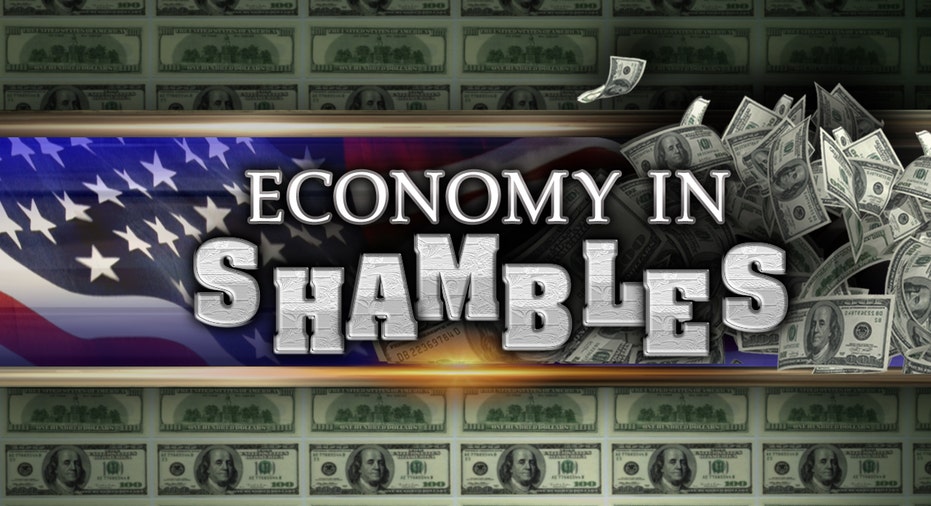The Problem With Our Bubble Economy

While third quarter earnings suggest a slowing economy with revenues generally on the decline, the tech sector bucked that trend with Apple (NASDAQ:AAPL), Google’s Alphabet (NASDAQ:GOOGL), Microsoft (NASDAQ:MSFT) and Amazon (NASDAQ:AMZN) all posting strong revenue growth and issuing forward guidance to the upside.
If you include Facebook (NASDAQ:FB), which reports earnings next week, those five tech bellwethers have a combined market cap of about $2.2 trillion – more than 11% of the value of the entire S&P 500 index (NYSE:SPY).
Despite leading economic indicators heading south, major market indices continue to trade near all-time highs. Federal Reserve interest rate policy notwithstanding, there’s little doubt that tech stocks are helping to bolster the broader markets.
In other words, tech is a rising tide that lifts all boats. But here’s the thing. It shouldn’t be. It’s actually cannibalizing more and more traditional industries.
The problem is that revenue for tech companies ceased to be just about tech spending a long time ago. Software is eating the world, and that means that tech companies are biting off big chunks of other industries. We’re seeing more and more non-tech product revenue appear on the income statements of tech companies.
There’s Amazon in retail, Apple in music and TV, Google and Facebook in advertising, GrubHub (NYSE:GRUB) in food, Netflix (NASDAQ:NFLX) in video, Tesla (NASDAQ:TSLA) in cars (with Apple on the horizon), Uber in transportation service, Airbnb in hospitality, Buzzfeed and a host of venture-backed media companies – it’s a long and growing list.
These “tech” names are all gobbling up traditional industries.
While markets aren’t zero-sum games, in a sluggish economy, there certainly isn’t a whole lot of growth going on. Do the math. Non-tech revenue gains by tech companies should be offset by revenue declines among their competitors. And they are. And yet, the companies they’re cannibalizing are still trading at or near long-term highs.
Something is not adding up. And this is but one paradox in an overall market that simply defies logic. Unless of course you call it what it is: a bubble economy.
Think about it. A veritable who’s who of economists, investment professionals and VCs have individually stated that we’re in a private equity bubble, a liquidity bubble, a risk bubble, a cloud and Internet stock bubble, an energy bubble or a biotech bubble. Take your pick. Not to mention our asset bubble courtesy of the Fed’s easy money.
Call them what you want; none of these bubble are sustainable. And none of this adds up.
The irony is, we never learned our lesson from the dot-com bubble. The problem then wasn’t the assumption that demand for internet bandwidth would continue to grow indefinitely. That turned out to be true. The bubble burst because market valuations of a gazillion competing companies all assumed infinitely elastic markets with zero competition.
Then there was a shakeout. There had to be. It was inevitable.
We have the same situation today, except instead of just communications and internet stocks, it’s across a wide spectrum of markets, both private and public. Companies with astronomical valuations are all competing for the same limited ad budgets, food dollars, travel spending, retail spending, cloud services, page views and of course, monthly active users.
Meanwhile we’re all in debt up to our eyeballs. American consumers are collectively carrying more than $11 trillion in debt and, on top of that, we have an $18 trillion national debt. You don’t have to be Warren Buffet to know that the combination of massive debt and massively overvalued assets is a recipe for disaster. That’s just Finance 101.
Look, this is really surprisingly simple. Competing companies can’t all be winners and we can’t all keep spending money we don’t have. And anyone who says that doesn’t spell “Trouble” with a capital “T” is simply looking at an artificially narrow segment and not seeing the big picture. If you look at the big picture, none of this adds up.
Even the robust economy of the dot-com era – when the annual GDP growth rate topped 6%, productivity was high and we actually had a federal budget surplus – couldn’t support that stock market bubble. Today, we don’t just have a stock market bubble. We have lots of bubbles. We have a bubble economy. And that’s far more concerning.



















